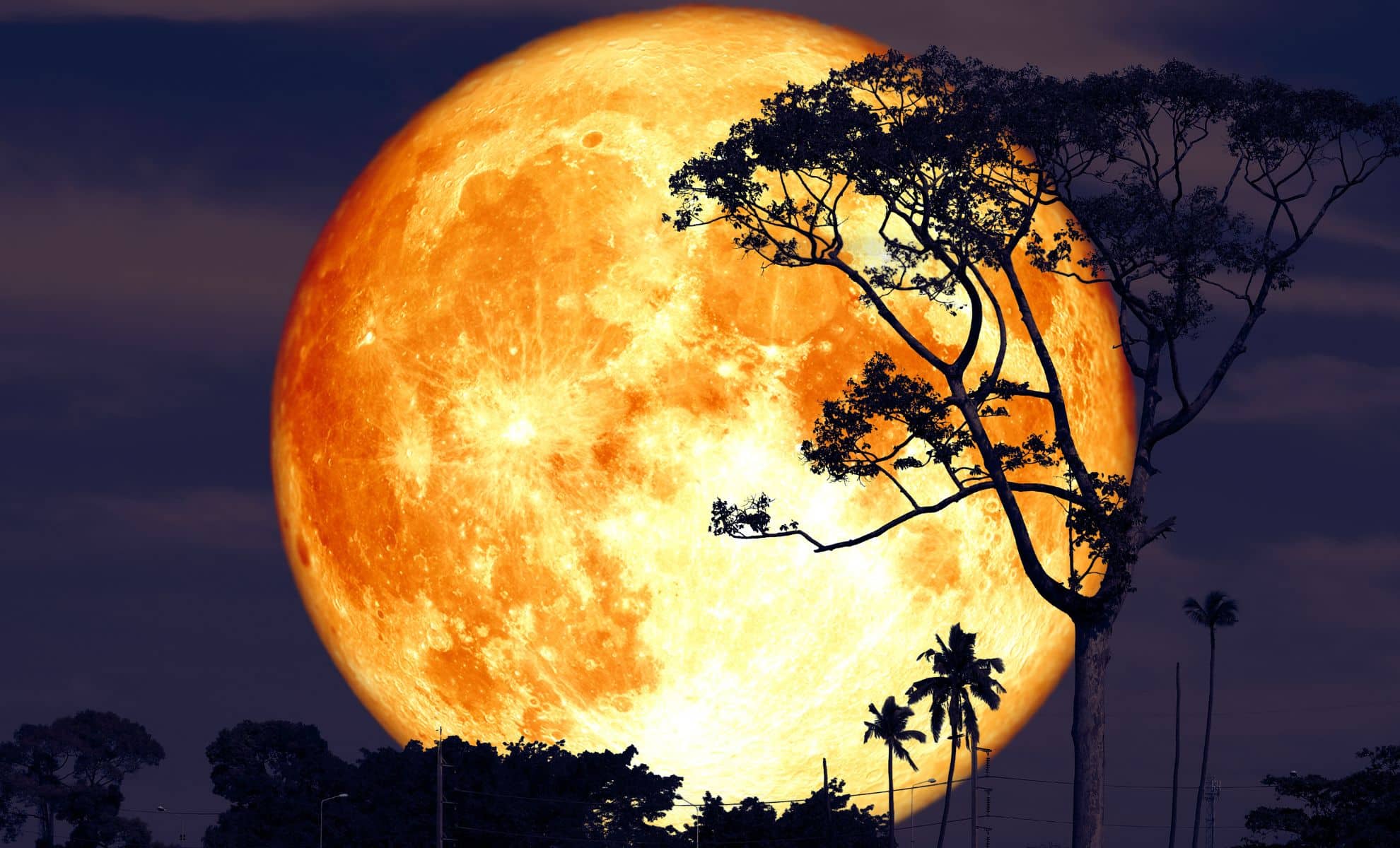The potential new mineral was discovered in a chunk of “fossilized lightning,” or fulgurite, that was left behind when a tree in Florida was struck by lightning.

A potentially brand new mineral may have been hiding inside a chunk of “fossilized lightning” from Florida, scientists have revealed.
“We have never seen this material occur naturally on Earth,” Mathew Pasek(opens in new tab), a geoscientist at the University of South Florida, said in a statement(opens in new tab). “Minerals similar to it can be found in meteorites and space, but we’ve never seen this exact material anywhere.”
The fossilized lightning chunk, or fulgurite, was created when lightning struck a tree near New Port Richey. Fulgurites form when powerful lightning bolts discharge through the ground, which melts and fuses any nearby soil, sand, rock and organic debris into a singular metallic-looking lump.
The owner of the New Port Richey tree sold the fulgurite to Pasek, who studies high-energy chemical reactions like those triggered by lightning. After cracking open the rocky lump, which was around 2.8 inches (7 cenitmeters) long and 0.8 inches (2 cm) wide, Pasek and fellow researchers discovered a “colorful, crystal-like matter” within the fulgurite. Subsequent analysis revealed that the mysterious matter was a previously unknown material consisting mainly of calcium phosphate (CaHPO3). The team strongly suspects that the new material is a brand-new mineral type, but it will take time for this to be confirmed by other scientists.
The researchers published their findings March 14 in the journal Communications Earth & Environment(opens in new tab).

The researchers hope that this form of calcium phosphate can soon be confirmed as a new mineral, at which point it will be officially named. They also believe that other brand-new mineral types could be created through a similar pathway and want to examine more fulgurites to test this theory.
This is not the first time that an unexpected compound has been discovered in fossilized lightning. In December 2022, researchers found a rare type of quasicrystal in a fulgurite unearthed in Nebraska’s Sandhills. (Quasicrystals are unusual, “rule-breaking” crystals with patterns that do not repeat.)








 Photographer Finds Locations Of 1960s Postcards To See How They Look Today, And The Difference Is Unbelievable
Photographer Finds Locations Of 1960s Postcards To See How They Look Today, And The Difference Is Unbelievable  Hij zet 3 IKEA kastjes tegen elkaar aan en maakt dit voor zijn vrouw…Wat een gaaf resultaat!!
Hij zet 3 IKEA kastjes tegen elkaar aan en maakt dit voor zijn vrouw…Wat een gaaf resultaat!!  Scientists Discover 512-Year-Old Shark, Which Would Be The Oldest Living Vertebrate On The Planet
Scientists Discover 512-Year-Old Shark, Which Would Be The Oldest Living Vertebrate On The Planet  Hus til salg er kun 22 kvadratmeter – men vent til du ser det indvendigt
Hus til salg er kun 22 kvadratmeter – men vent til du ser det indvendigt  Superknepet – så blir snuskiga ugnsformen som ny igen!
Superknepet – så blir snuskiga ugnsformen som ny igen!  Meteorite That Recently Fell in Somalia Turns Out to Contain Two Minerals Never Before Seen on Earth
Meteorite That Recently Fell in Somalia Turns Out to Contain Two Minerals Never Before Seen on Earth  Nearly Frozen Waves Captured On Camera By Nantucket Photographer
Nearly Frozen Waves Captured On Camera By Nantucket Photographer  It’s Official: Astronomers Have Discovered another Earth
It’s Official: Astronomers Have Discovered another Earth 